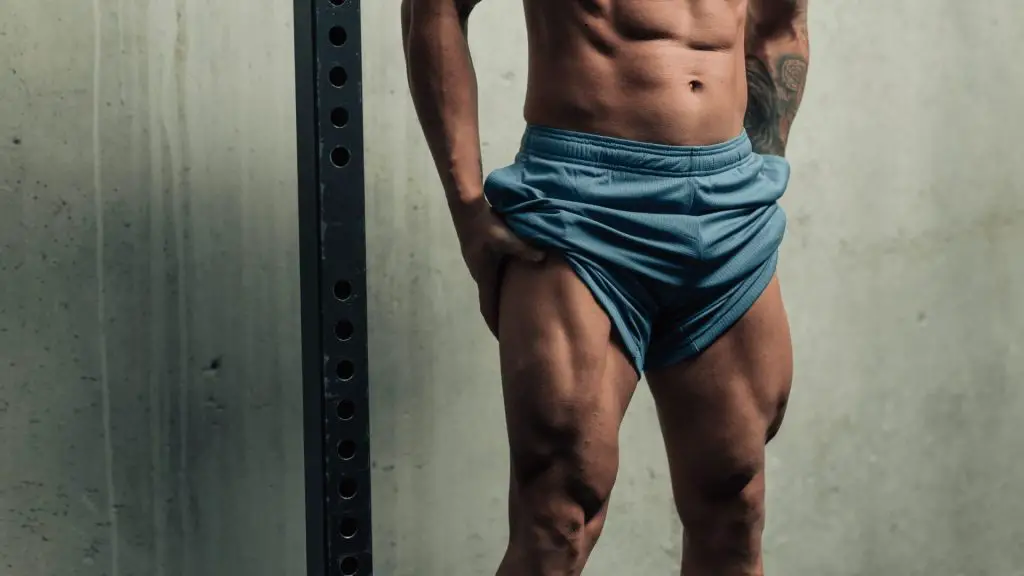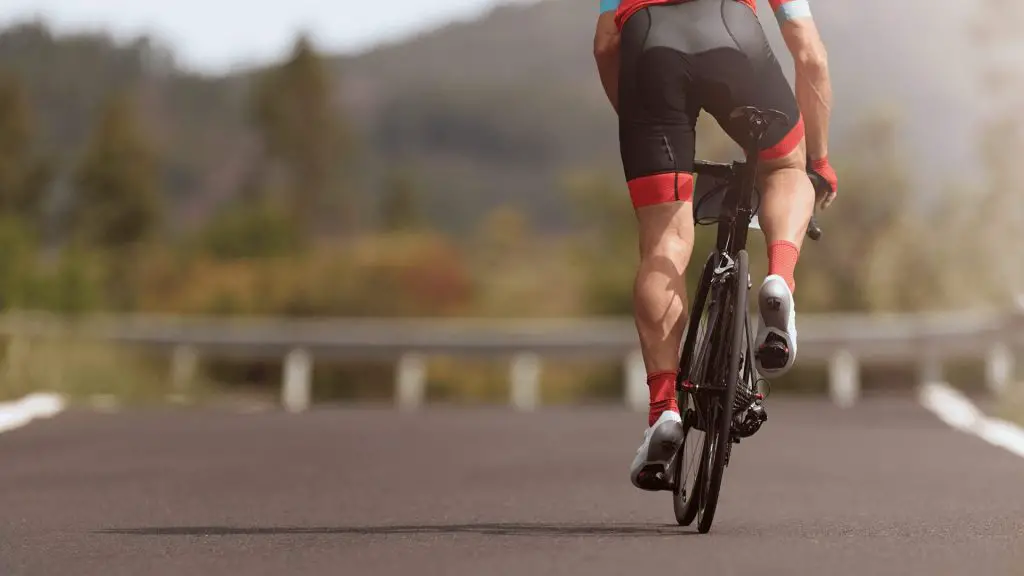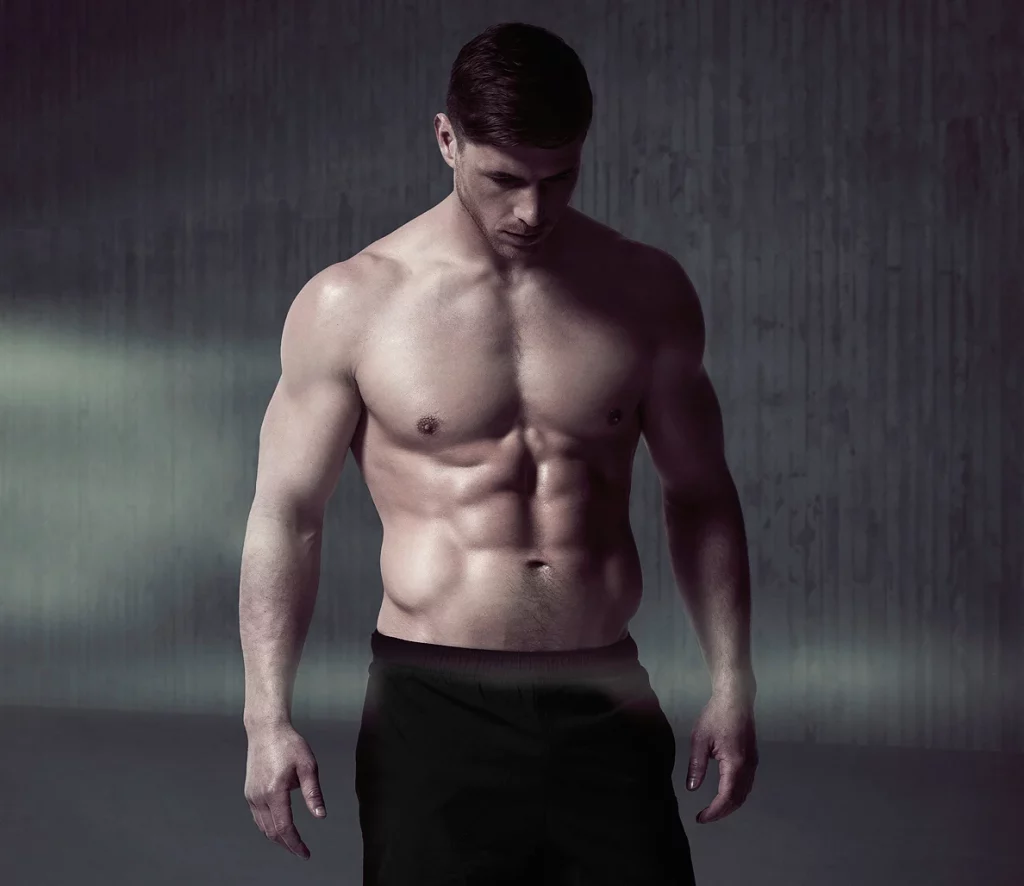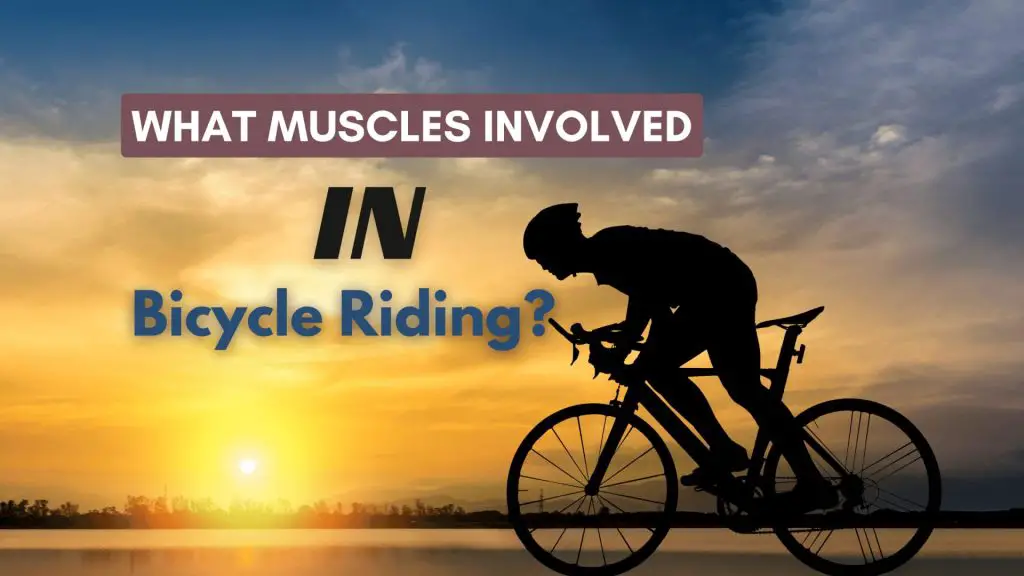Are you considering taking up bicycle riding as a form of exercise? Not only is it a great way to stay fit and active, but it also provides numerous health benefits. One aspect that many people are curious about is which muscles are engaged and strengthened during this activity. In this article, we will explore the key muscles involved in bicycle riding and how they contribute to an effective workout. So, hop on your virtual bike as we pedal through the topic of cycling muscles!
Introduction
Bicycle riding is an excellent form of cardiovascular exercise that engages various muscle groups in the body. Whether you ride a road bike, mountain bike, or stationary bike, you’ll activate a range of muscles with every pedal stroke. Let’s delve into the specific muscles involved in this dynamic activity.
Muscles Used in Cycling
Leg Muscles Involved in Bicycle Riding
One of the primary areas targeted during cycling is the lower body, especially the leg muscles. The key muscles worked during bicycle riding include:
Quadriceps in Cycling
The quadriceps, located in the front of the thigh, are among the primary muscles engaged during cycling. They are responsible for extending the knee and propelling the pedal forward with each stroke.

Hamstrings in Cycling
The hamstrings, located at the back of the thigh, also play a significant role in cycling. They aid in bending the knee and assist the quadriceps in generating power during the upward phase of the pedal stroke.

Glutes in Biking
The glutes, which include the gluteus maximus, medius, and minimus, are the muscles of the buttocks. They are activated during bicycle riding to stabilize the hips and provide power during each pedal stroke.
Calf Muscles in Cycling
The calf muscles, including the gastrocnemius and soleus, are located in the lower leg. They work together to push the pedals downward and provide the necessary force to propel the bike forward.
Core Muscles Involved in Bicycle Riding
While cycling predominantly engages the lower body, it also recruits several core muscles for stability and balance. The core muscles worked during cycling include:

Abdominal Muscles in Cycling
The abdominal muscles, including the rectus abdominis, obliques, and transversus abdominis, help maintain a stable and upright position on the bike. They provide stability to the pelvis and lower back.
Back Muscles in Biking
The back muscles, such as the erector spinal and latissimus dorsi, play a crucial role in supporting the spine and maintaining proper posture during cycling.
Upper Body Muscles in Cycling
Although the upper body is not as extensively involved as the lower body and core, certain muscles still contribute to the overall cycling motion. The upper body muscles worked during cycling include:

Arm Muscles in Cycling
The arm muscles, including the biceps and triceps, assist in supporting the upper body and contribute to overall stability and control while riding.
Shoulder Muscles in Biking
The shoulder muscles, such as the deltoids and rotator cuff muscles, are engaged to a certain extent during cycling, particularly when navigating turns or maintaining a steady grip on the handlebars.
Chest Muscles in Cycling
The chest muscles, including the pectoralis major and minor, are involved in providing stability to the upper body during cycling.
The Benefits of Cycling for Muscular Fitness
Engaging in regular cycling not only strengthens and tones the muscles but also offers a wide range of benefits for muscular fitness. Some of the advantages include:
- Improved leg strength: Cycling targets the major muscles in the legs, leading to increased strength and endurance.
- Enhanced core stability: The engagement of core muscles during cycling helps improve stability, posture, and overall balance.
- Upper body toning: While the upper body muscles may not be the primary focus, cycling still contributes to toning and strengthening the arms, shoulders, and chest.
- Low-impact exercise: Cycling is gentle on the joints compared to other activities like running, making it an excellent option for individuals with joint concerns.
Conclusion Of Muscles Involved in Bicycle Riding
Bicycle riding is a fantastic way to improve cardiovascular fitness while simultaneously working for various muscle groups throughout the body various Muscles Involved in Bicycle riding. From the powerful leg muscles to the stabilizing core and upper body muscles, each pedal stroke contributes to a full-body workout. So, gear up, hop on your bike, and enjoy the benefits of cycling for muscular fitness!
Related Topics:
- How To Pay Attention To Riding Sun Protection: A Comprehensive Guide
- How to Adjust Brakes on a Bicycle: A Comprehensive Guide
- How Does Bicycle Gearing Work: A Comprehensive Guide
FAQs
Does cycling build muscle?
Yes, regular cycling can help build and tone muscles, especially in the legs and core.
Can cycling help strengthen the abdominal muscles?
Absolutely! Cycling engages the abdominal muscles, contributing to improved core strength and stability.
Will cycling make my thighs bigger?
While cycling can lead to increased muscle tone in the thighs, it’s unlikely to cause significant muscle mass gain unless combined with specific strength training exercises.
How often should I cycle to see results in my muscles?
Consistency is key. Aim for at least three to four cycling sessions per week to see noticeable improvements in muscle strength and tone.
Is cycling a good exercise for weight loss?
Yes, cycling is an effective form of exercise for weight loss as it helps burn calories and boost metabolism.













